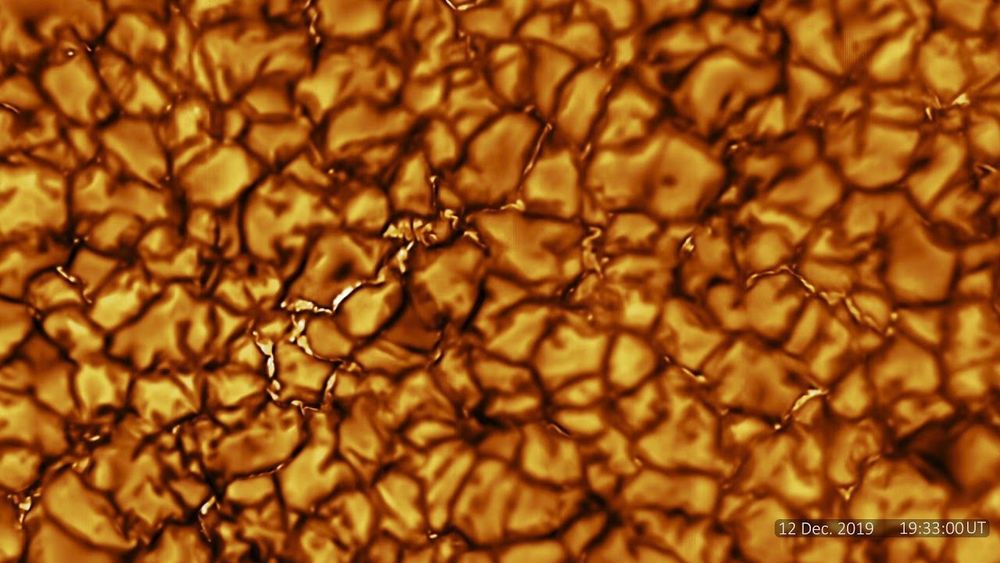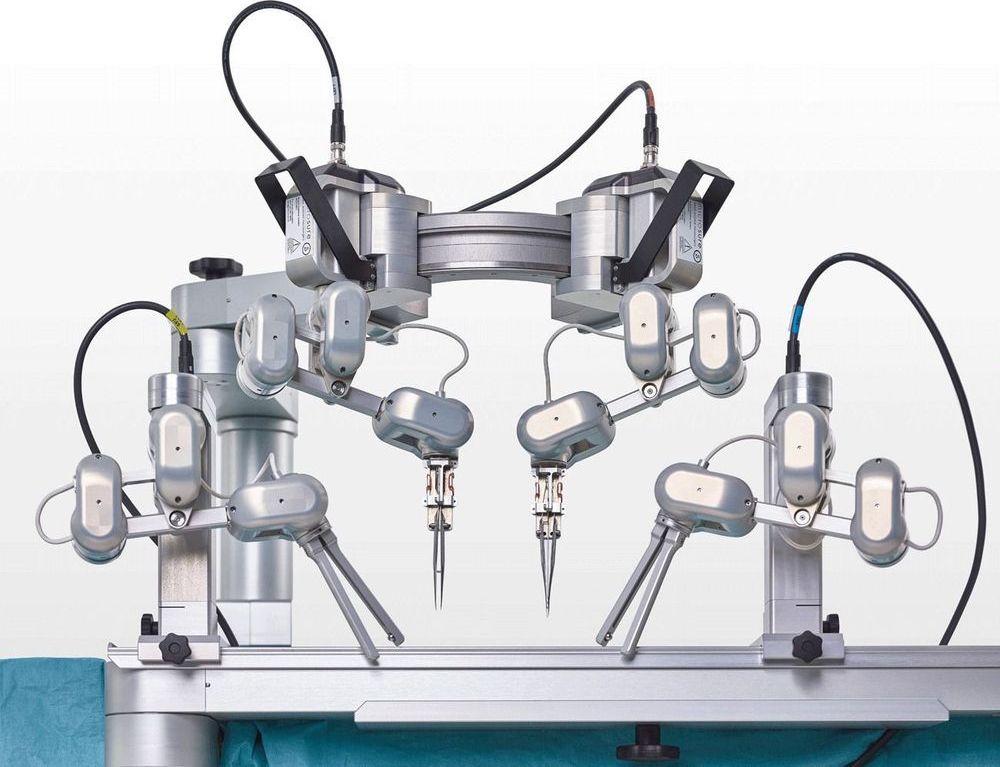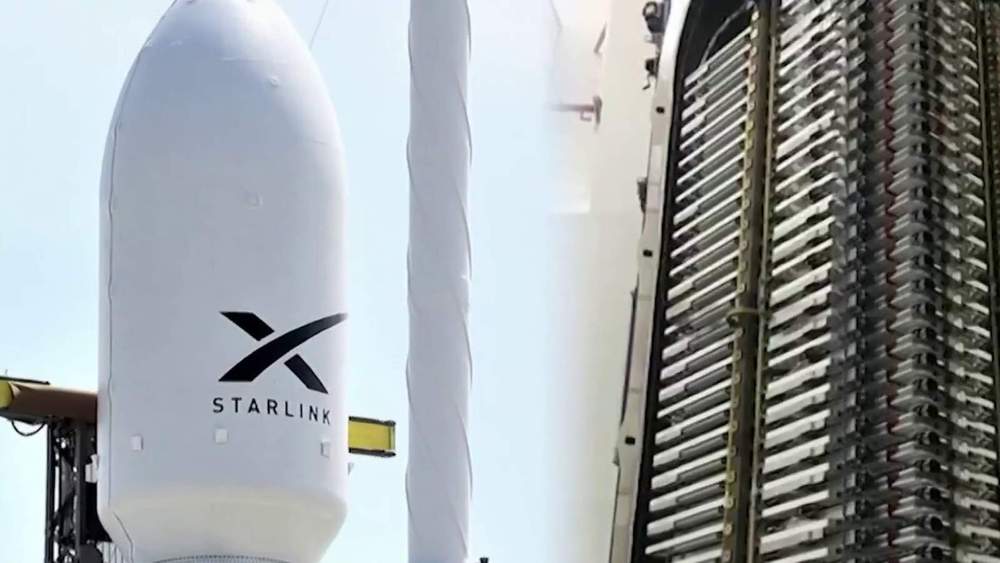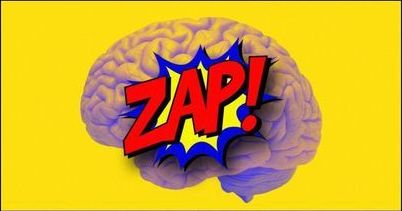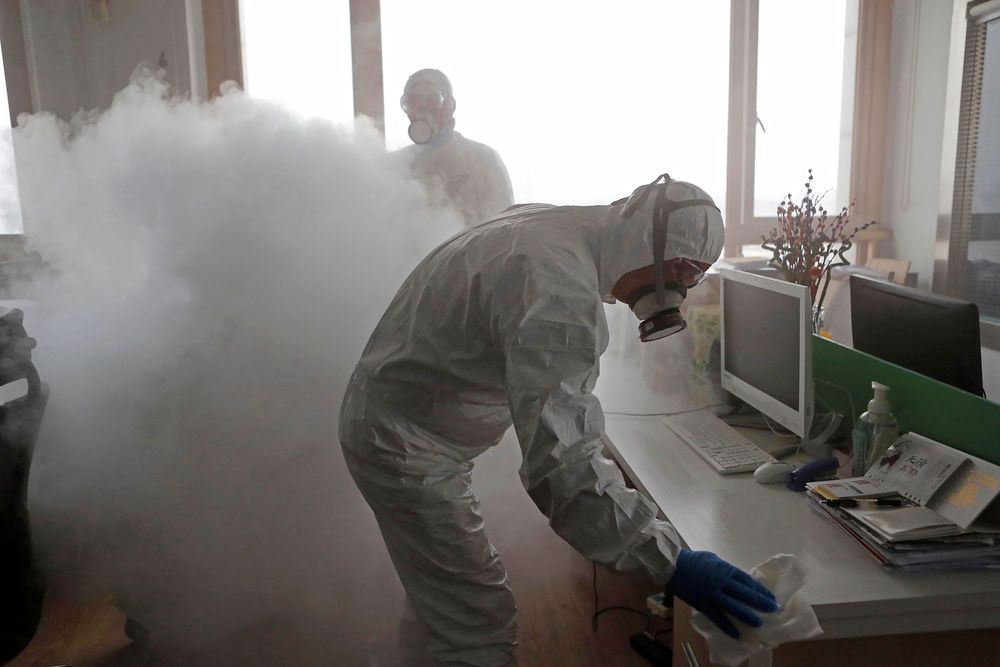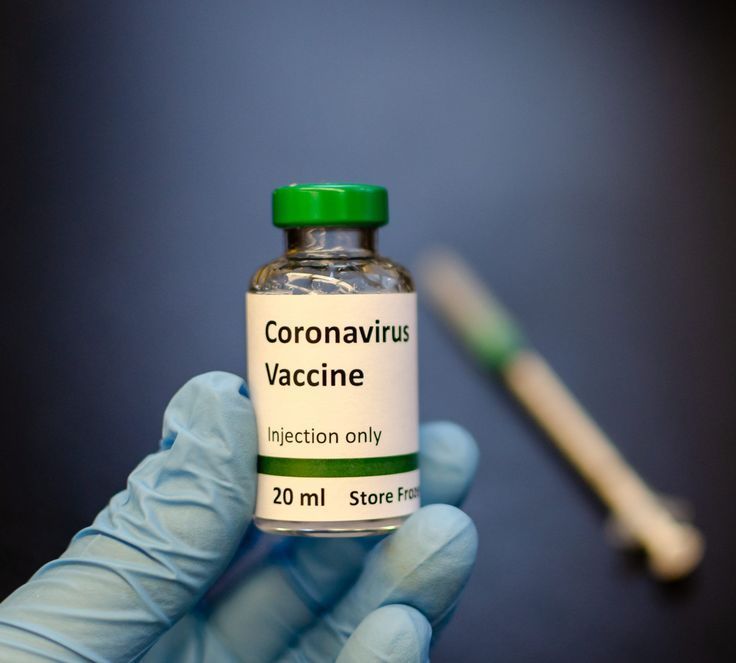
Scientists are scrambling to develop a vaccine against coronavirus 2019-nCoV and plan to use advanced bioprocessing methods and techniques to accelerate production.
#coronavirus #vaccine #bioprocessing
At present there is no vaccine against the coronavirus However, various groups have started working on them, including Johnson & Johnson (J&J).
Sarah Smith, senior manager, communications & public affairs, EMEA at J&J’s Janssen unit, tells GEN that, “We began working on a vaccine two weeks ago, when the viral sequence became publicly available, and are hopeful that we can create a candidate vaccine for this virus and can start a Phase I clinical study within approximately 8–12 months. If necessary, we will work to scale up production of a suitable vaccine candidate in parallel. While it is possible that the virus could disappear relatively fast, we started the work quickly because we want to be prepared.”
Development and production will leverage Janssen’s AdVac vector technology and PER.C6 manufacturing platform, which were previously used to make an investigational Ebola vaccine, currently deployed in the Democratic Republic of the Congo and Rwanda. According to Smith, “We will use single-use technology in order to produce larger quantities of the vaccine on a flexible schedule at a later moment in time.” She also says that most manufacturing would be carried out in house, adding that “for fill/finish activities, we will utilize external CMOs.”
